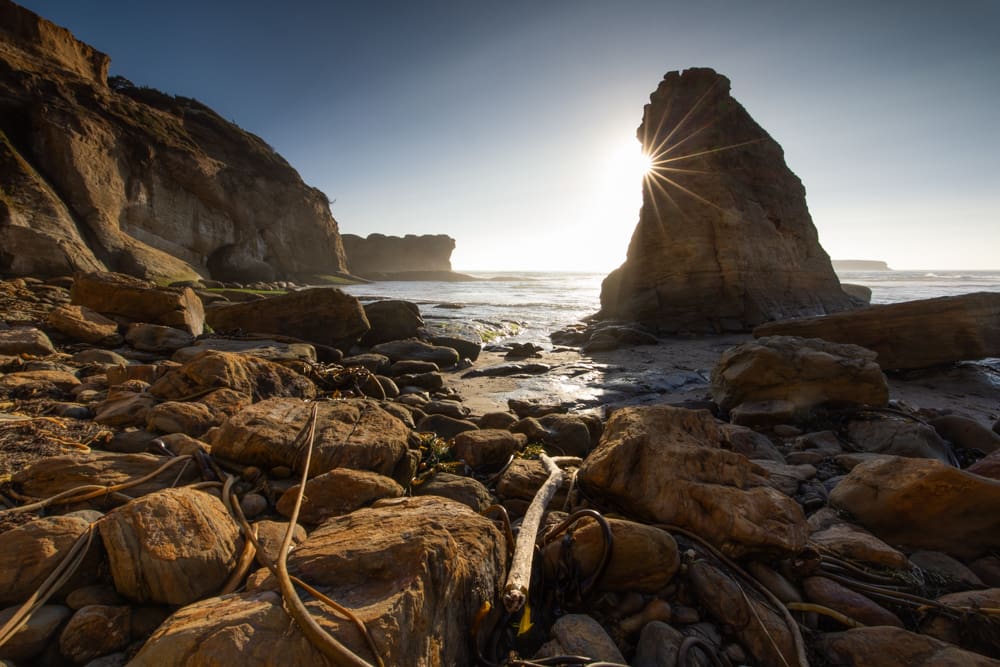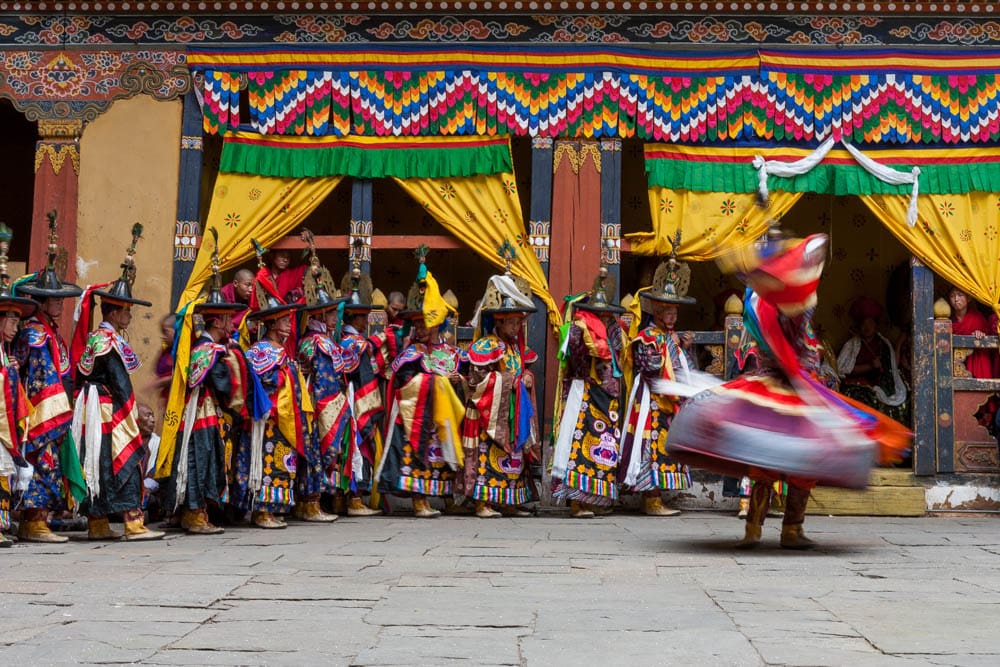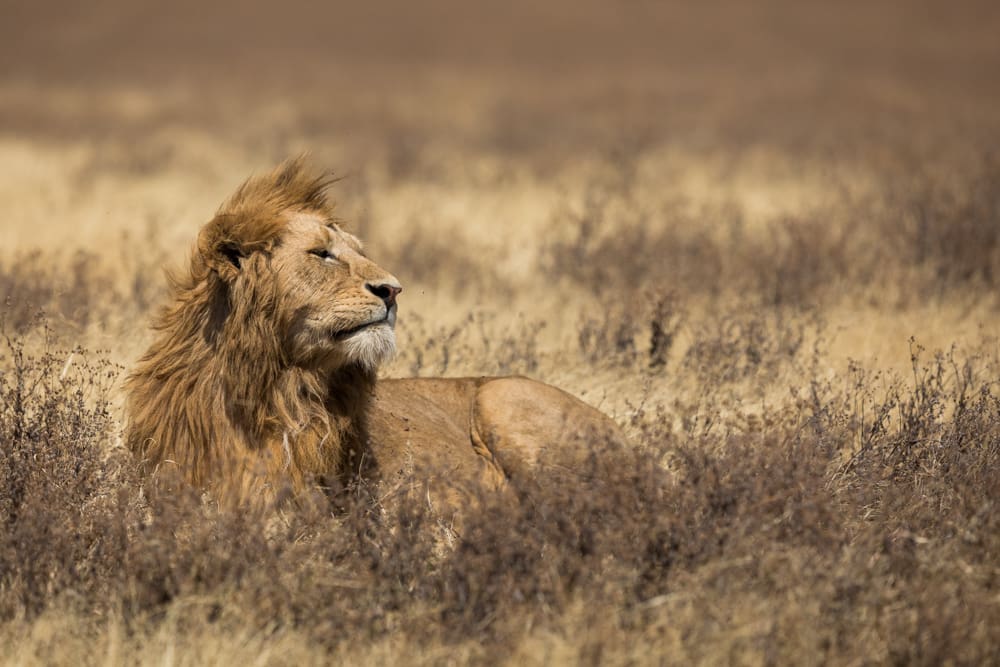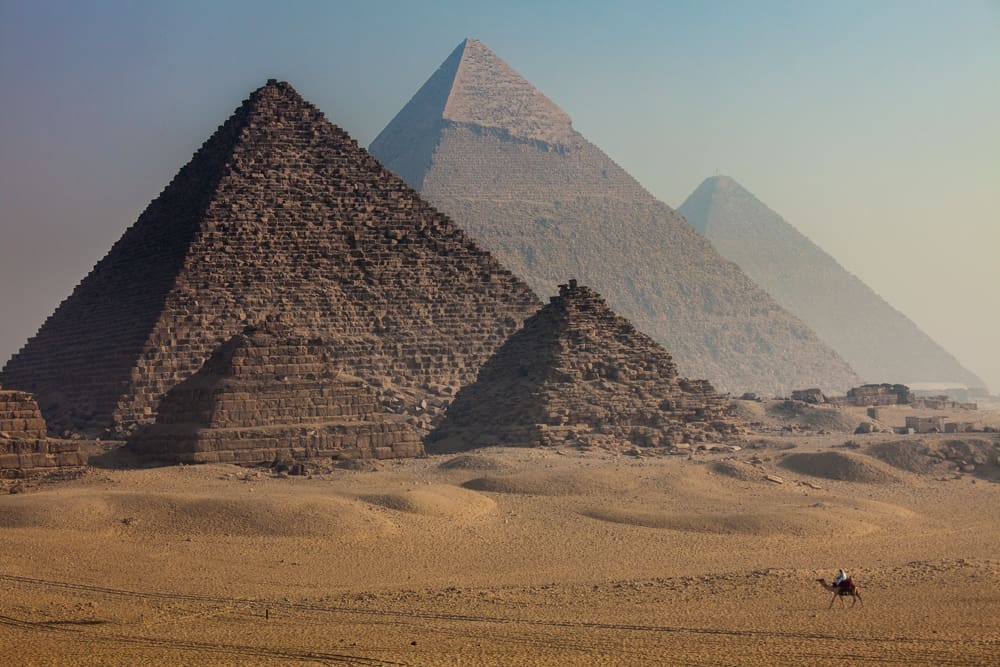In the world of photography, medium format cameras and lenses are frequently excluded from “normal” gear conversations. The high expense, large size, and relative rarity of options makes it easy to dismiss or forget about them. This seemingly lack of respect may be due to the complicated relationship between it and the more consumer friendly and popular systems.
The transition for medium format from film to digital was not smooth or easy. The ever-increasing quality of full-frame cameras and lenses siphoned off many medium format devotees. But from the ashes of too many forgotten medium format systems, the Fujifilm GFX system has risen. With the recent introduction of a few key lenses, the GFX system now stands as, perhaps, photography’s highest quality system for photographers with a wide variety of pursuits.
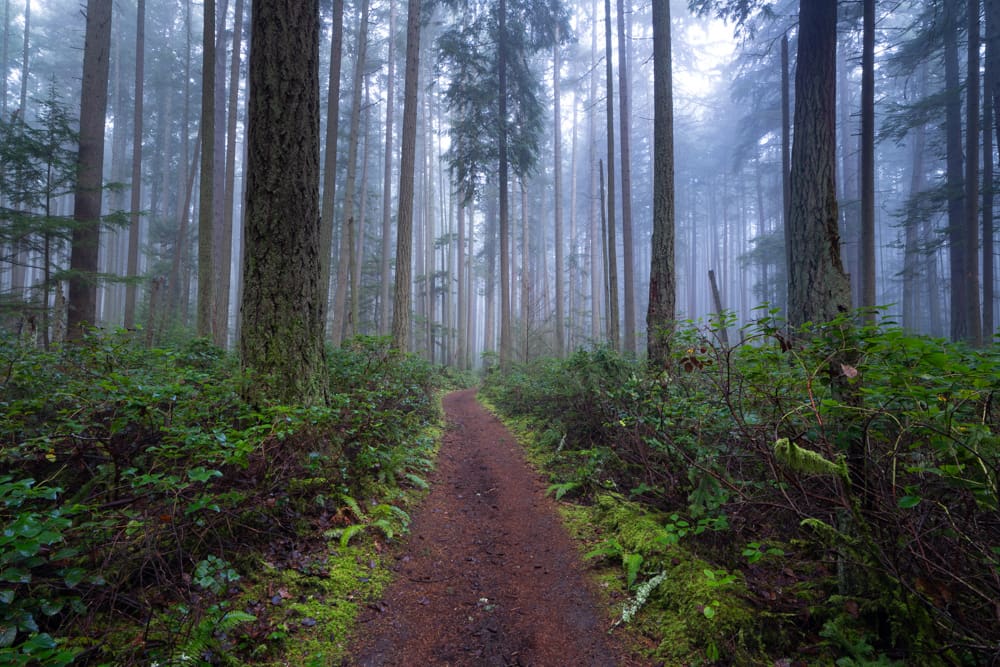
Fujifilm GFX100 II, GF 20-35MM F/4 @ 22MM | F/22 | 30 SEC | ISO 80
What is medium format?
It’s safe to say that most photographers have never shot with, nor owned, a medium format camera. And let’s be honest, many have never seen one nor could describe what one was.
Its name doesn’t mean much now in the world of digital, but in the days of film it filled an important roll in the options for a professional photographer. Back in the day studio photographers working with food, fashion, and portraits would frequently use a “view camera”. These giant box-style cameras used sheet film, either 4×5” or 8×10” resulting in stunningly sharp images. These large cameras were strictly tripod bound, fiddly to use, and slow from shot to shot.
On the other end of the spectrum was the “little” format of 35mm film and the associated other “tiny” formats like: APS, 110, disc film, etc. The diminutive film canisters and equally petite cameras were ideal for the standard consumer to capture their child’s first steps and that tour across Europe. The mobile and immediate needs of the photojournalist and sports photographer found a home with this portable system.

Fujifilm GFX100 II, GF 110MM F/2 @ 110MM | F/2 | 1/4000 SEC | ISO 80
Between the small 35mm canisters and the large sheet film came medium format. Based around a roll of film, usually 61mm in width, each manufacturer chose their own format within this standard. Popular formats were 60x45mm(645), 60x60mm(6×6) and 60x70mm(6×7), but there were many others, all based around a spool of film (120 & 220) with roughly 2.5x the width of a roll of 35mm film.
Quick trivia question for all of you, that few of you will likely know: when referring to 35mm film, what exactly is 35mm about it? Take a moment and think about it. If your answer is anything regarding to the measurement of the image area you’d be wrong. Typical 35mm images measure 24mm by 36mm with a diagonal of 43.26mm. The correct answer is that the film in the canister measures 35mm across. Of course, this film has sprocket holes and this takes a significant amount of space and the usable area across is only 24mm. The medium format film option offered a similar concept only 2.5x bigger.
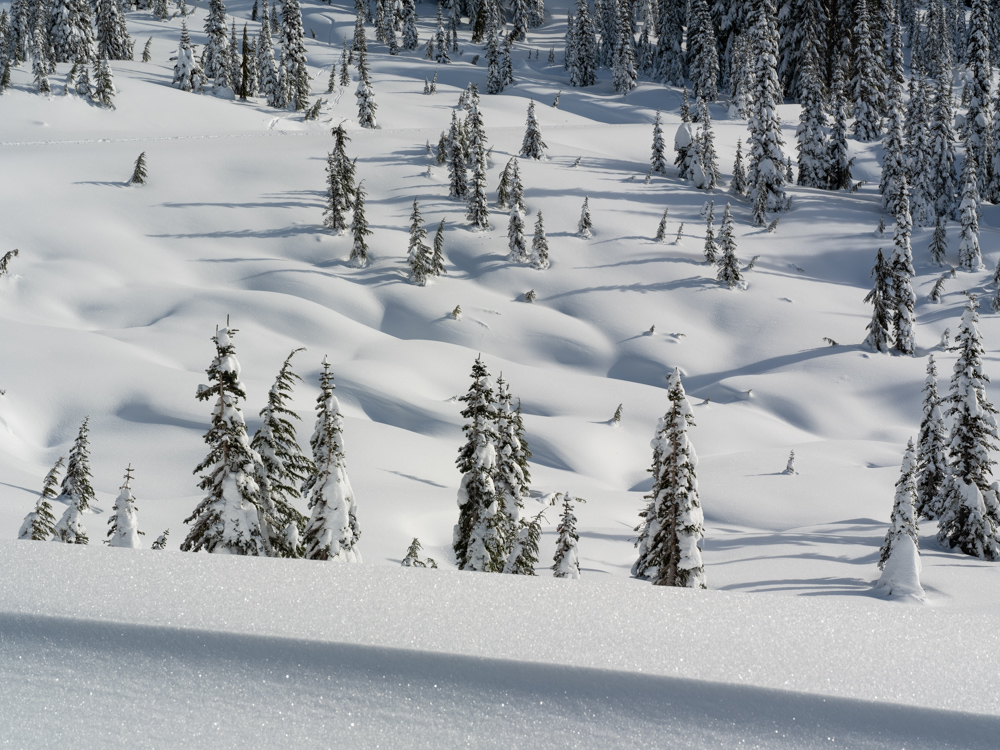
Fujifilm GFX100 II, GF 45-100MM F/4 @ 81MM | F/16 | 1/125 SEC | ISO 80
A history in Medium Format
Back in the 1990’s I was working behind the counter at a camera shop. When I transitioned to a more professional oriented store, the only position that was open was running the medium format department. I didn’t know much about medium format at the time and had never shot with one, but somehow I got the job.
I quickly got myself up to speed by field testing every camera in the department. Hasselblad, Mamiya, Fujifilm, Pentax, Bronica, Rollieflex and a number of smaller brands were all apart of the stores offerings.
Hasselblad, Mamiya and Pentax were the most popular, mostly due to the large system of lenses they had available, both new and used. Fujifilm offered a number of niche cameras and systems that might make for a nice article on its own. The key here is that in photography, it’s very beneficial to be part of a system. A lone great camera is useless without good options in glass. The more options, the more users, the more a manufacturer sells and more variety they can offer.
I personally purchased a Hasselblad 501CM, A12 back and Zeiss 80mm f/2.8 lens directly from the manufacturer. And for just $700 more the manufacturer offered a bonus week-long trip to Sweden that included a tour of their factory in Gothenburg.
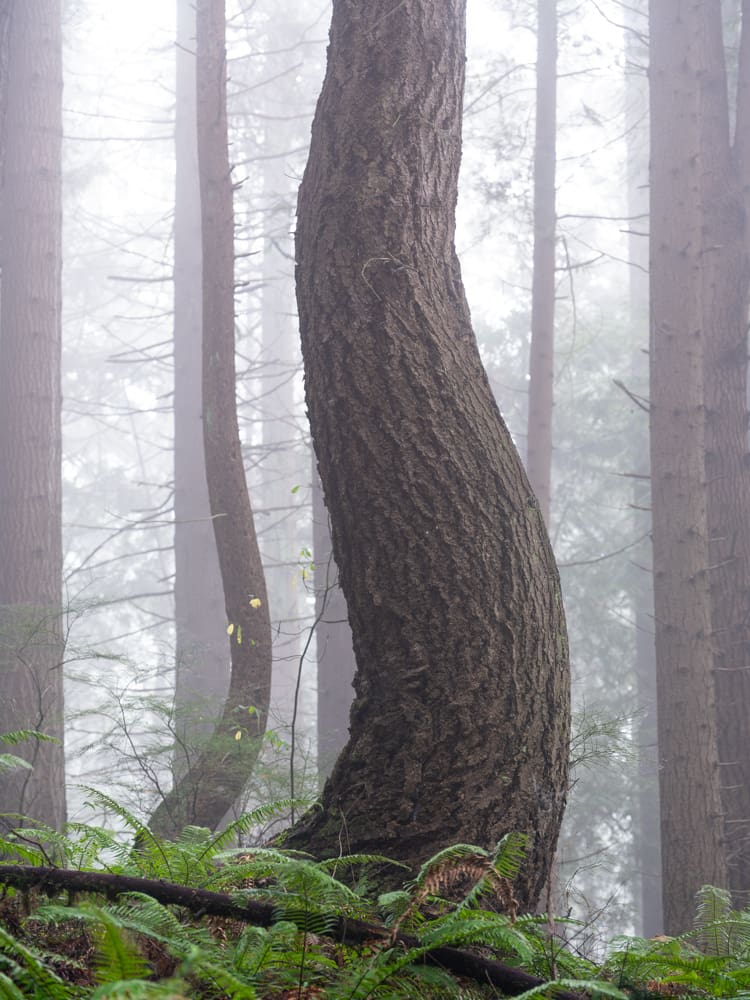
Fujifilm GFX100 II, GF 100-200MM F/5.6 @ 161MM | F/8 | 3 SEC | ISO 80
The Fujifilm GFX system
Fast forward to today and the dominance of Canon, Sony, and Nikon comes partly at the expense of every medium format system that utilized the 120 roll film. Several medium format companies tried going digital; some succeeded for a while, but here and now they are all gone or a shell of what they used to be.
Fujifilm re-joined the consumer field of interchangeable lens cameras with their crop-frame X system in 2012. After success in this corner of the market they used their long history in medium format systems, combined with their new mirrorless technology to create the GFX system. While not official, you can think of the GFX as the Giant Format X system.
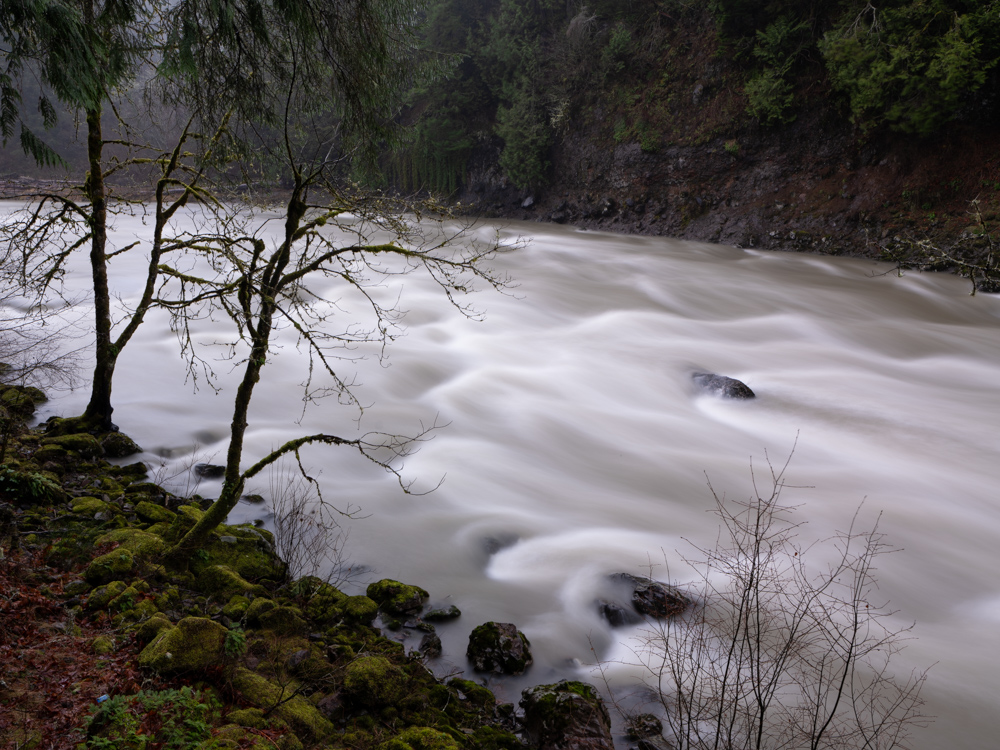
Fujifilm GFX100 II, GF 20-35MM F/4 @ 32MM | F/20 | 15 SEC | ISO 80
As the market place for medium format systems sits today, Fujifilm is the only “full” system with a wide variety of cameras and lens options to fulfill the needs of both professionals and a well-heeled enthusiast. The main competitor in the field is Hasselblad which was offering a serious SLR system that has not seen any significant updates in cameras or lenses in several years. Hasselblad now offers a new mirrorless system that seem to be filling the medium format Leica rangefinder-like niche.
The recent introduction of two tilt/shift lenses to the GFX systems says to me that Fujifilm is serious and here to stay. The system now has most everything a professional needs for portrait, landscape, architecture, commercial, product, studio, and wedding photography. It’s without a doubt the most versatile system with a high resolution sensor larger than full-frame.
The system offers a variety of cameras and different resolutions (50MP & 102MP). The variety of lenses offered cover all the popular focal lengths along with a number of all-purpose zooms, compact options, and let’s not forget those tilt/shift lenses.
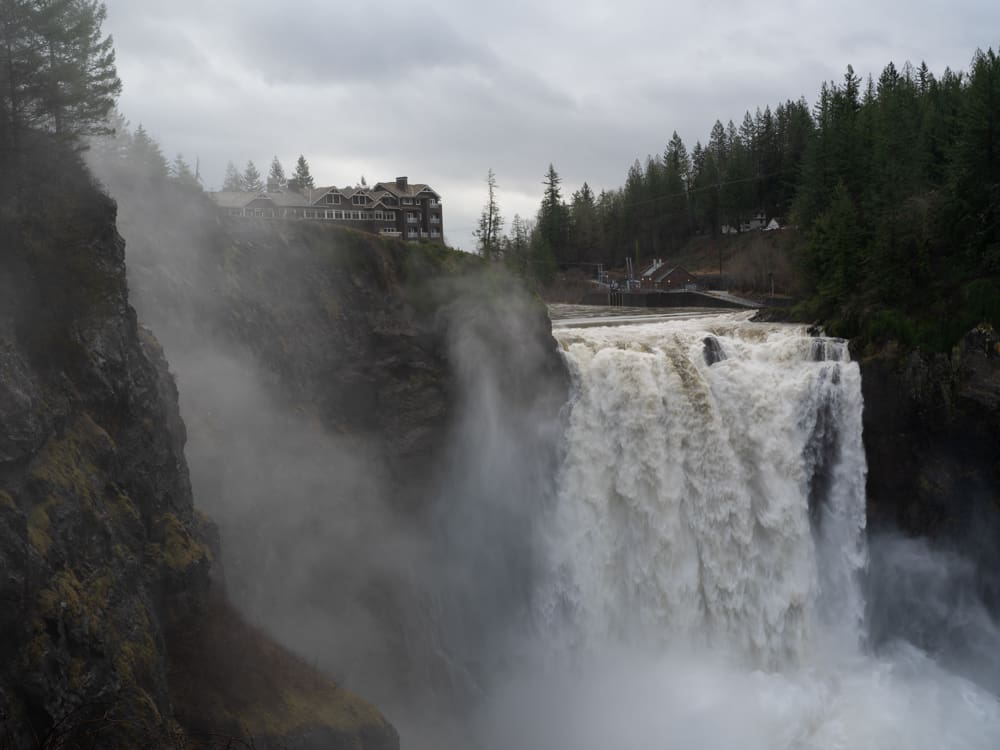
Fujifilm GFX100 II, GF 45-100MM F/4 @ 45MM | F/11 | 1/40 SEC | ISO 80
Comparison to Full Frame
Fujifilm’s progress and advancement with their popular X system has paid dividends. They are the only manufacturer to offer two completely independent systems, with one of them being larger than full-frame. Canon, Sony, and Nikon are all competing in the APS-C and full-frame field and Fujifilm thought it best to avoid the full-frame crowd and leap-frog to the larger size. For the record, I’m a fan of the X-system as its a wholly-baked system that isn’t a junior hand-me-down like it is with all the other brands.
In the hands, a GFX is a bigger camera, yet still comfortable. The lenses are bigger in diameter but not all that different than top tier full-frame gear. If you consider a 50mm f/1.2, 85mm f/1.2, 135m f/1.8 or any of the 70-200mm f/2.8 or 100-400mm options as normal, then the medium format gear feels insignificantly different. Packing my “medium” backpack full of GFX gear doesn’t seem all that different than filling it up with any of the full-frame options.
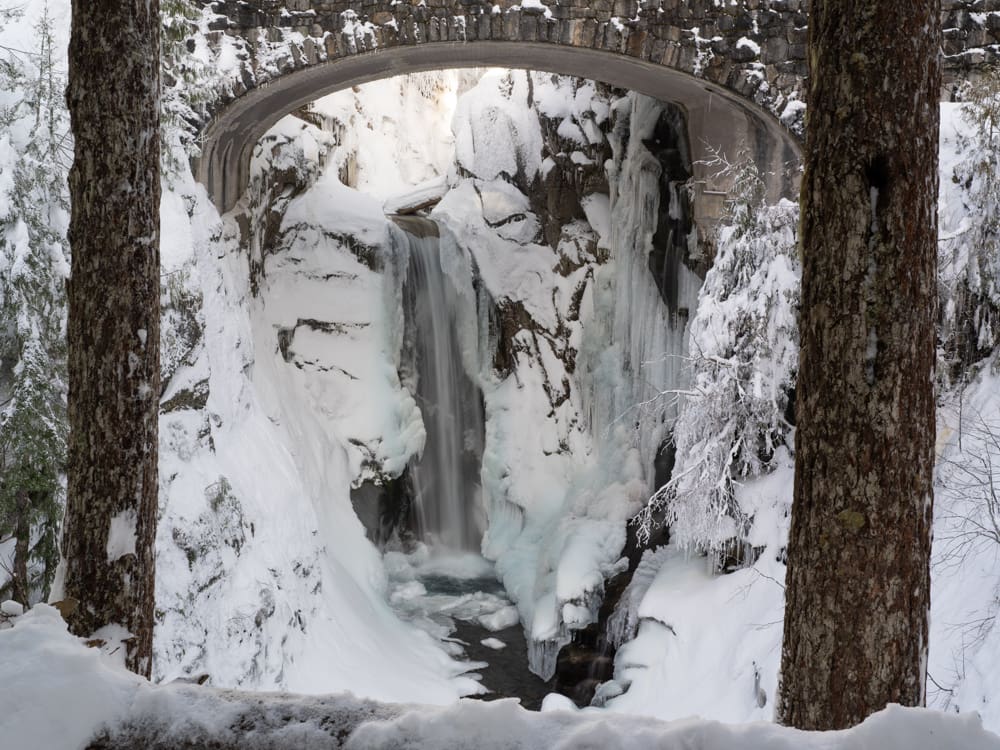
Fujifilm GFX100 II, GF 45-100MM F/4 @ 55MM | F/22 | 1/5 SEC | ISO 80
The new GFX100 II that I’ve been working with for the last few months feels like a fully modern, oversized X-T5. The feel in the hands and button placement make for a comfortably easy experience. I’m happy to use it out in the field, but I do find that the large girth of the lenses has slowed me down on lens exchanges. In the studio it’s a dream; sitting on a tripod the large screen with it’s multi-angle viewing options makes shooting from most all angles easy to do.
The large files are slower to import and the previews take longer to build. The system is probably best for those that aren’t too snap-happy or those who can be ruthless when culling. No sense capturing and storing gigabits of data if you don’t need it.
The Fujifilm GFX system and the new GFX100 II now reside in a category that I consider “the best”. This highly debatable category also includes plenty of other gear from other manufacturers. But when someone asks what is the “best” camera, more often that not the GFX100 II will be the answer. We all realize, having the best involves a number of compromises; but if you’re willing to push those aside for the moment and concentrate on the end result, the GFX system sits at the pinnacle when asking the question: what is the highest quality, most versatile photographic system available today.
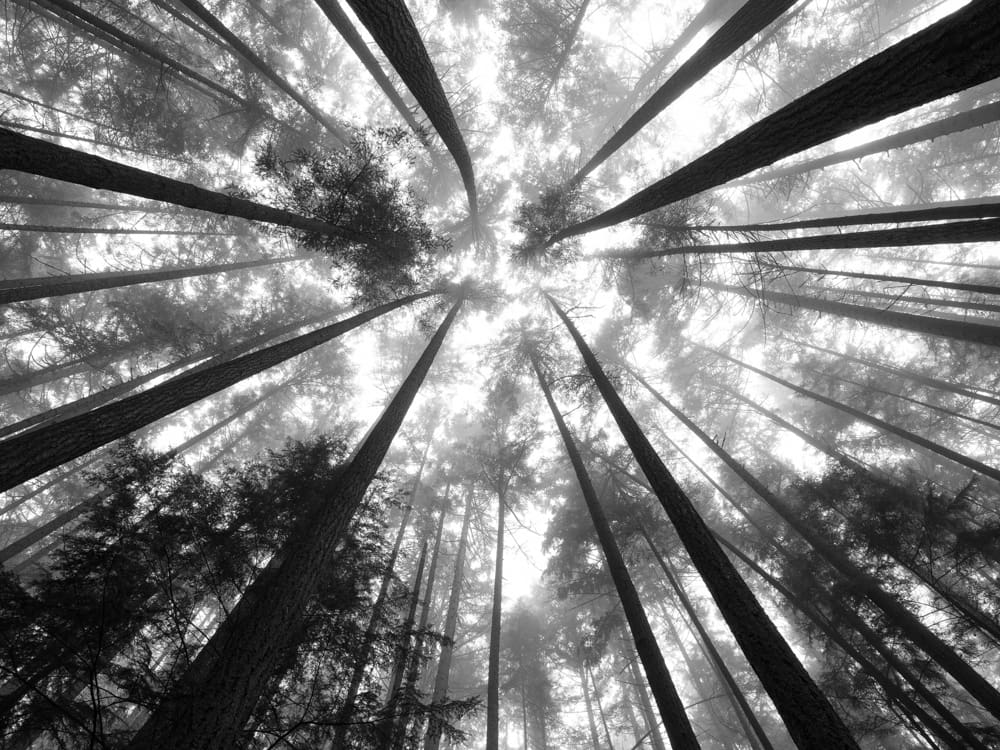
Fujifilm GFX100 II, GF 20-35MM F/4 @ 22MM | F/16 | 2 SEC | ISO 80
For the skeptical reader, this opinion was not paid for by Fujifilm in anyway, shape or form. No arrangement between Fujifilm and myself has occurred in anyway with regard to this article. I am not sponsored, nor work for any of the photographic manufacturers. I don’t even consider myself an “influencer”; I believe I’m too old for that.
This independent opinion comes from 40+ years of experience and current ownership of Canon, Sony, Nikon, Olympus, Leica and Fujifilm gear. This opinion was garnered while creating the Fujifilm GFX100 II: Complete Camera Guide video class which is now available in my shop. What is best, is a highly debatable subject, and this article didn’t take into account size, weight, or cost; all of which are pretty important to most of us. But if you do ever get the chance to shoot with the equipment listed here, I think you’ll very much enjoy the results you get.
Become part of John’s inner circle
Sign up for the newsletter here — it’s free.
Want to become a better photographer?
Check out John’s selection of photography and camera classes here.
